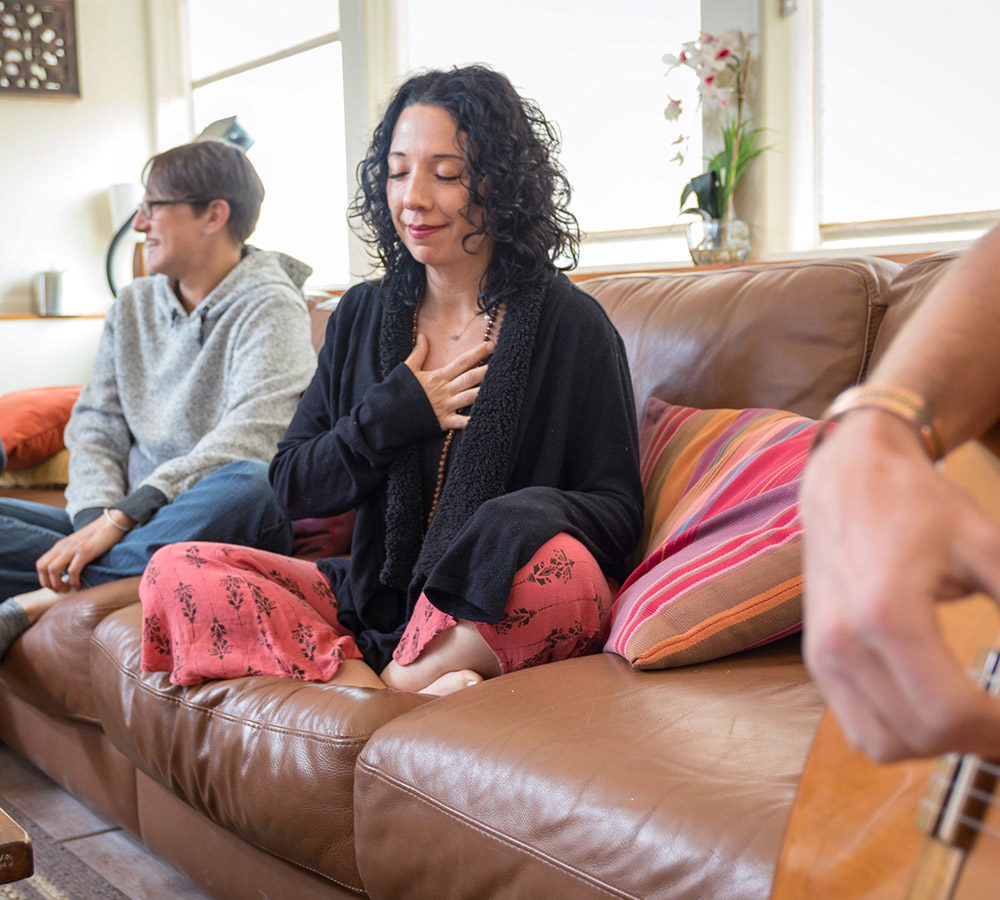Expressive arts therapy combines psychology and creative processes, often focusing on various art forms instead of specific ones. The purpose of this method is to help individuals access their emotions. Many individuals experience transformation and growth while participating in expressive arts therapy.
The main difference between expressive arts therapy and standard art therapy is that the former is multi-modal. You will have the chance to work with several mediums, allowing you more opportunities to express your emotions creatively.
What Are the Benefits of Expressive Arts Therapy?
Expressive arts therapy is beneficial, especially when used with other treatment options. It provides people in the healing and recovery journey with many advantages, including:
- The ability to look back and make sense of past experiences or emotions.
- A chance to tell your story creatively.
- The opportunity to heal from unpleasant and traumatic experiences.
- An ability to express your innermost feelings and gain clarity.
- The opportunity to learn more about what you feel and why.
- An improvement in self-awareness and relationships.
- The potential to understand and modify problematic behaviors.
Expressive arts therapy can also help you rekindle old passions and habits you may have had before substance use — or help you develop new ones to take with you in recovery. While these are some of the more noticeable benefits, you may experience many others.
Expressive Arts Therapy Activities
Many different art modes are used in this therapy, making it a beneficial tool for exploring your senses and the external world. You will use several of the following modes during expressive arts therapy:
- Drawing
- Painting
- Journaling
- Writing or reading poetry
- Playing or listening to music
- Reading or writing stories
- Dancing
- Creating memory books
- Making videos
- Developing life maps
- Performing theater or improv
- Sculpting
- Writing songs
One crucial thing to remember about expressive arts therapy is that you don’t have to be good at or have previous experience with any of these art forms. The creative process is more important than any finished product, as it can help unlock how you feel and lead you down new paths of discovery.
How Expressive Arts Can Help in Recovery
When engaging in expressive arts therapy, your therapist will help you learn how to communicate your feelings about creating something or using a particular art style. The goal is to help you discover and analyze problems you encounter during the process. You will learn to use the creative arts to communicate feelings that you usually cannot access via talking or thinking.
Art is rooted in bridging the gap between reality and expectations and the imagination. Your therapist will be able to see any metaphors or symbols you include and help you interpret and understand them. Expressive arts therapy can help people recovering from addiction on a journey to self-discovery and improved emotional health.

Personalized Expressive Arts Therapy at The Sanctuary
Are you looking to try expressive arts therapy as part of a holistic treatment approach for substance use disorder? At The Sanctuary at Sedona, we will tailor expressive arts therapy to your needs as part of your recovery process. Call our team at (866) 750-0763 to speak with a counselor today!




